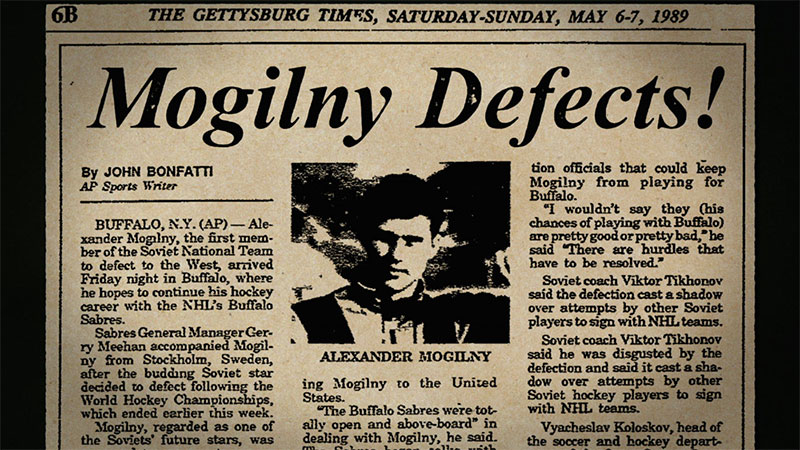How to Die in Oregon is Portland-based filmmaker Peter Richardson‘s second feature documentary. He began production on the film in 2007 and is its director, producer, co-editor and cinematographer. Richardson also directed, produced, edited and co-photographed his debut feature “Clear Cut: the Story of Philomath, Oregon”, which premiered at the Sundace Film Festival in 2006.

How to Die in Oregon, directed by Peter Richardson, won the Grand Jury Prize at the 2011 Sundance Film Festival
There are no actors in this film, only people who are actually ill and want to die. In the very first scene, we meet Roger, a very sick and elderly man, surrounded by his friends and family and the end-of-life counselor, as he drinks his Seconal cocktail and does himself in — in full view of the camera. He thanks the person “who made his medicine” and jokes as he lies dying, “Tell the next person it tastes woody.”
The documentary centers on a rural Oregon timber town where a rift between conservatives and liberals threatens to put an end to a 40-year-old scholarship plan that pays the college tuition for every local high school graduate the town produces. The film won best documentary at the Sarasota Film Festival and was broadcast on the Sundance Channel.
n 1994, Oregon became the first state to legalize physician-assisted suicide. As a result, any individual whom two physicians diagnose as having less than six months to live can lawfully request a fatal dose of barbiturate to end his or her life. Since 1994, more than 500 Oregonians have taken their mortality into their own hands.
In How to Die in Oregon, filmmaker Peter Richardson gently enters the lives of the terminally ill as they consider whether – and when – to end their lives by lethal overdose. Richardson examines both sides of this complex, emotionally charged issue. What emerges is a life-affirming, staggeringly powerful portrait of what it means to die with dignity.



